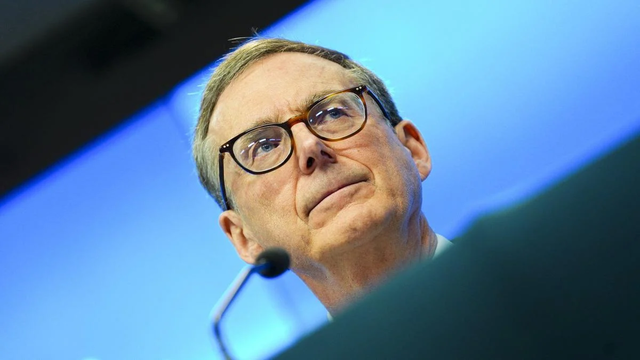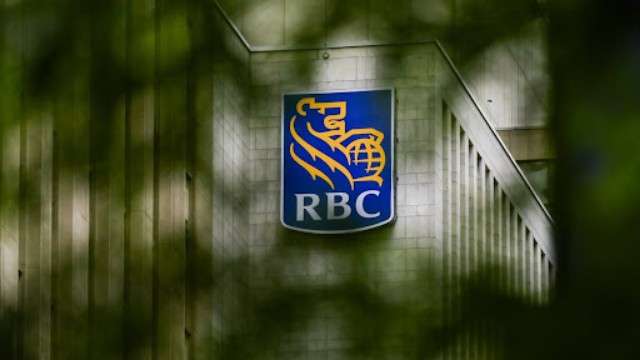
People make their way around the Rideau Center shopping center on Boxing Day in Ottawa, on Monday, Dec. 26, 2022. THE CANADIAN PRESS/Spencer Colby
In Canada's ongoing battle against inflation, the latest data from the November consumer price index report released by Statistics Canada indicates that the annual inflation rate remained steady at 3.1 percent. This figure, though slightly below expectations, hasn't altered the Bank of Canada's stance on interest rates, according to economists.
The report highlights that increased prices in recreation and clothing exerted upward pressure on inflation, countering the anticipation of a decline in inflation for the month. Despite this, certain positive aspects emerged, with core inflation measures—excluding volatile components—showing a downward trend.
In response to the findings, BMO chief economist Douglas Porter emphasized the persistence of the inflation challenge. He noted that while the result may be moderately disappointing, the overarching scenario remains unchanged: the underlying inflation trend is on a downward trajectory, the economy is experiencing a chill, and the Bank is expected to initiate rate cuts around the middle of the year.
A silver lining in the report is observed in the grocery sector, where the rate of price increases has eased for the fifth consecutive month. Grocery prices recorded a 4.7 percent increase from a year ago, marking a slowdown from the 5.4 percent reported in October.
Additionally, the report reveals that prices for services remained unchanged last month. Higher prices for travel tours were counteracted by lower prices for cellphone services.
The Bank of Canada, in a recent decision, opted to maintain its key interest rate at five percent for the third consecutive time. The bank has been encouraged by evidence suggesting that higher interest rates are effectively contributing to slowing down both the economy and inflation.
Throughout the year, the Canadian economy has grappled with challenges, with higher borrowing costs impeding business investments and consumer spending. The unemployment rate has also risen to 5.8 percent in November, reflecting the job market's struggle to keep pace with robust population growth.
These challenging economic conditions are expected to set the stage for a further deceleration in inflation in the coming year. Governor Tiff Macklem, in a recent speech, acknowledged the potential hurdles in returning inflation to the central bank's two percent target.
Andrew Grantham, executive director of economics at CIBC, asserts that waiting for inflation to reach the two percent target may not be necessary for the central bank to consider interest rate cuts, a sentiment echoed by Governor Macklem. Grantham also notes that the weaker core measures suggest inflation is still on track to fall back to two percent, which he deems "great news" for the Bank of Canada.
While inflation in Canada has been gradually declining since mid-2022, occasional fluctuations, such as an uptick in the summer, have been observed. The central bank has not ruled out the possibility of another rate hike, but prevailing forecasts anticipate a potential interest rate cut in the coming year. However, recent inflation data has tempered expectations of rate cuts as early as March or April, with Grantham emphasizing that the first cut is more likely to occur in June.















